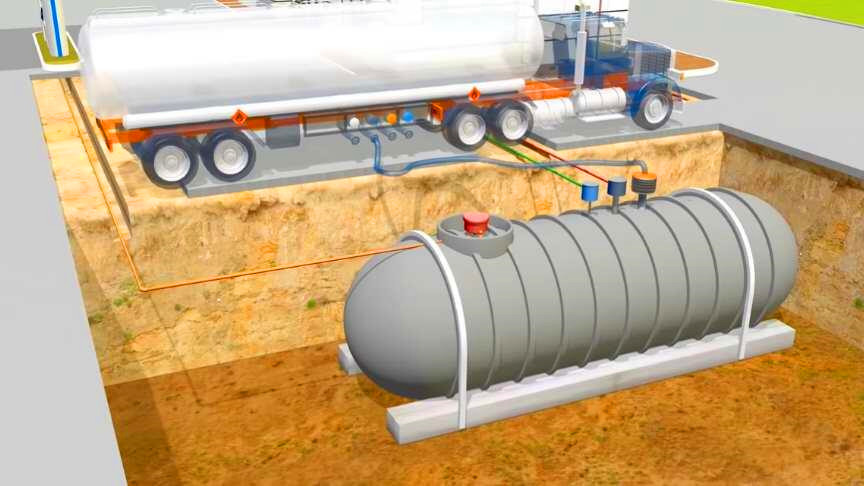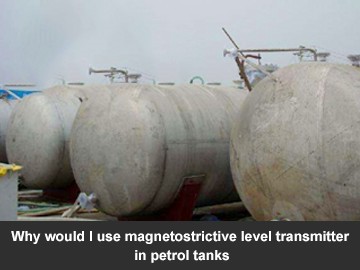Why would I use magnetostrictive level transmitter in petrol tanks?
In general, I would use a magnetostrictive level transmitter to measure the level of a petrol tank. I'm sure there are a lot of people here who disagree with this affirmation. With so many modern industrial sensors, why would I use a magnetostrictive level transmitter? Although the petrol tank in the gas station is flammable, I only need an explosion-proof level transmitter to meet my requirements. But the truth is not as simple as we think, the basis of measurement should be based on real-time measurement environment changes to use the appropriate transmitter.

Why would I use magnetostrictive level transmitter?
Magnetostrictive level transmitter is flexible type magnetostrictive level sensor. It is designed for monitoring the level of petrol tanks, oil depots, underground tanks and large tanks at gas stations. Therefore, it is commonly used in large range petrol tanks over 4 meters. At the same time, it is also the best solution for the petrol tank level monitoring at the gas station. What impressed me most about the flexible type magnetostrictive level sensor is that it can obtain the measurement accuracy of ±0.1 mm without the operator's rich installation experience and skilled skills. Based on RS485 signals and Exia Ⅱ CT6 certification, I don't need to worry about security issues. In addition, the length of the flexible can be customized to the range of the petrol tank.
Why don't I use another sensor instead of the magnetostrictive level transitter?
In fact, I've considered using other sensors instead of magnetostrictive level transmitters. However, after careful consideration and argumentation, I think the magnetostrictive level transmitter is the best choice. The reasons are as follows: First, the flexible type magnetostrictive level sensor is higher than that of other types of sensors. Non-contact sensors are usually chosen, but as I mentioned in my previous article, this type of sensor needs to be used in a special environment and in a small range to be effective. Second, we are very familiar with the wireless level sensor, although it is a new type of sensor, but relying on wireless and cloud platform data processing technology, let us pay attention to. What is clear is that this iot sensor is extremely technical, and we can't judge the maintenance costs and after-sales capabilities, and we can't afford it. In conclusion, a moderately priced, high precision and low cost maintenance magnetostrictive level transmitter is my first choice.






